Giantburgers Scientific Notation Task
One of the final tasks my physical science students did over scientific notation was this Giantburgers task from MARS.
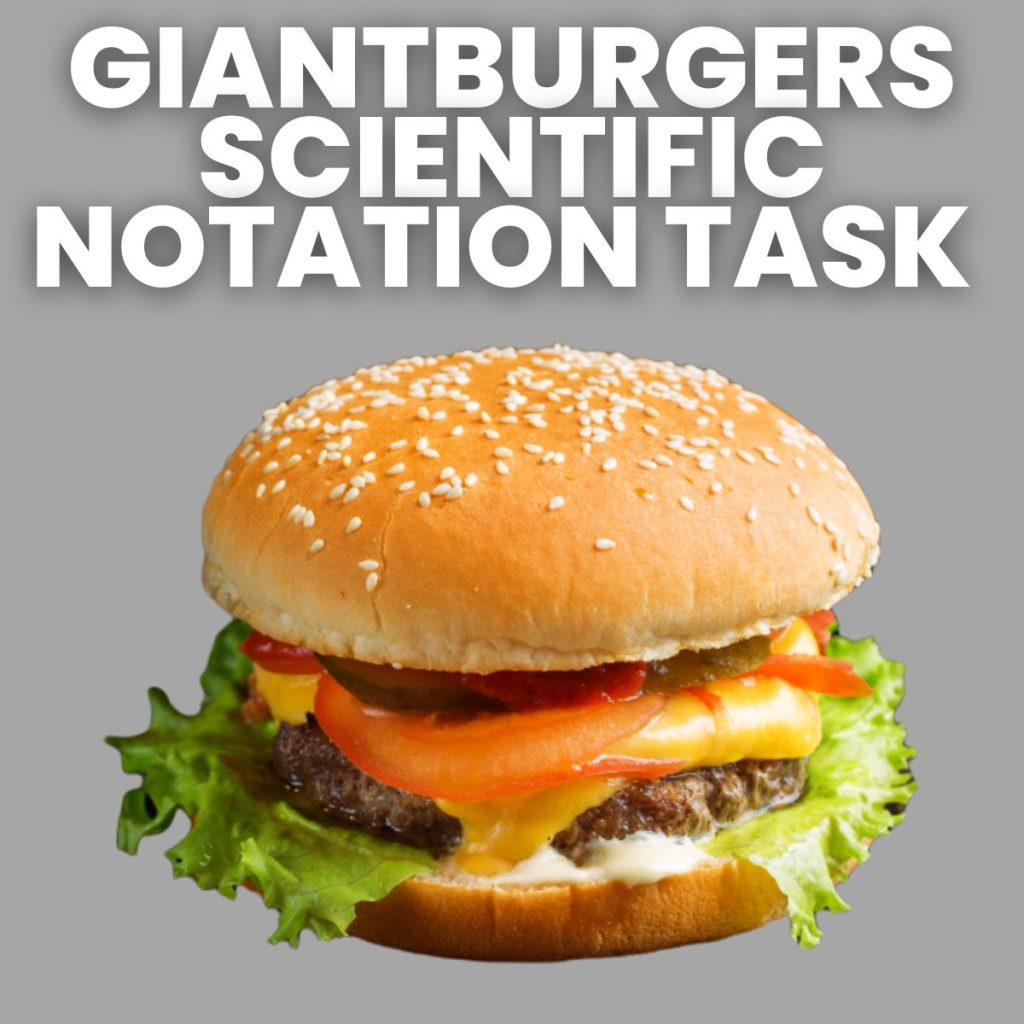
My physical science students found this task to be tricky because they really struggled to wrap their mind around what percent means. I guess it’s a good thing their teacher has a math degree!
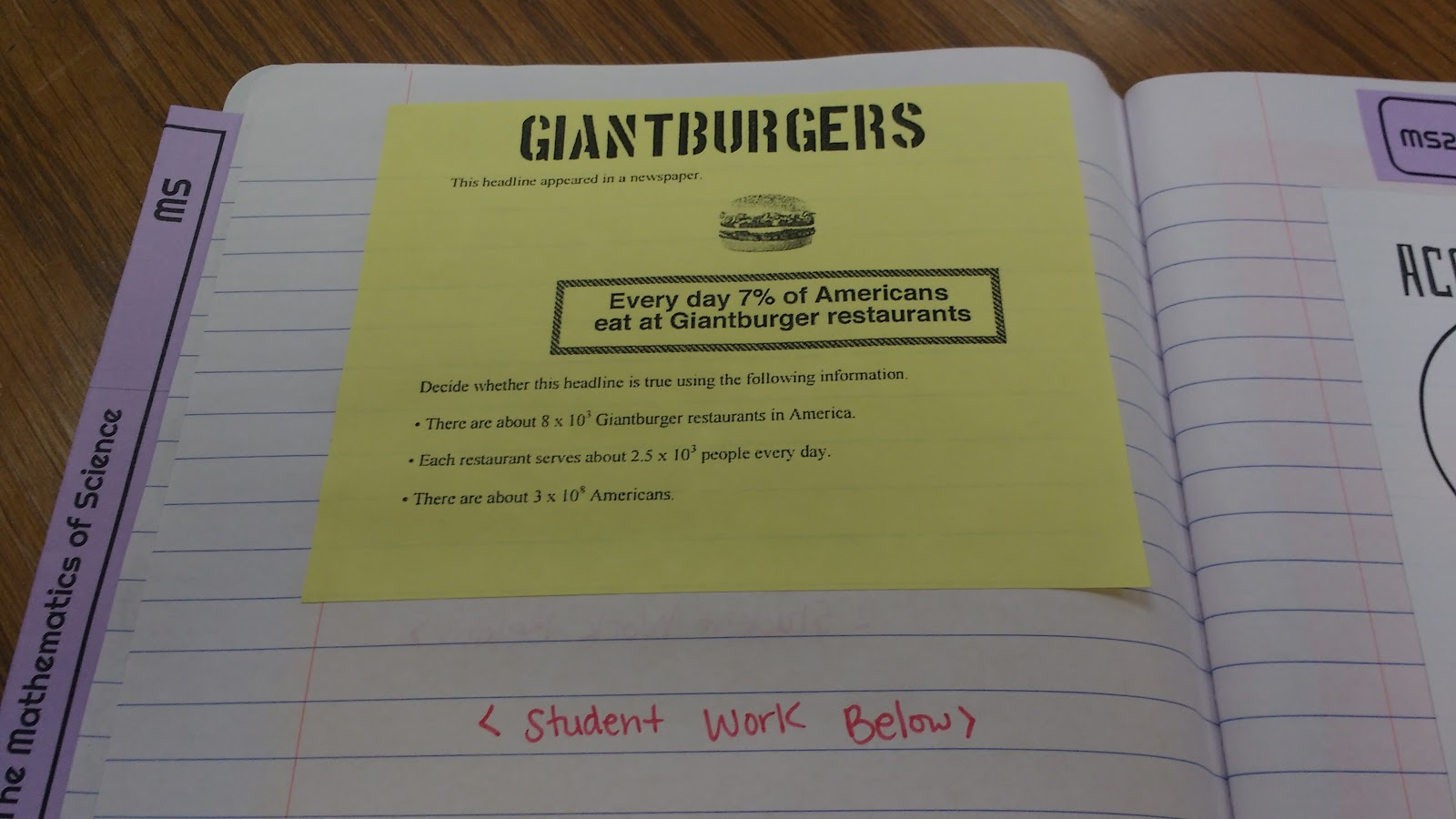


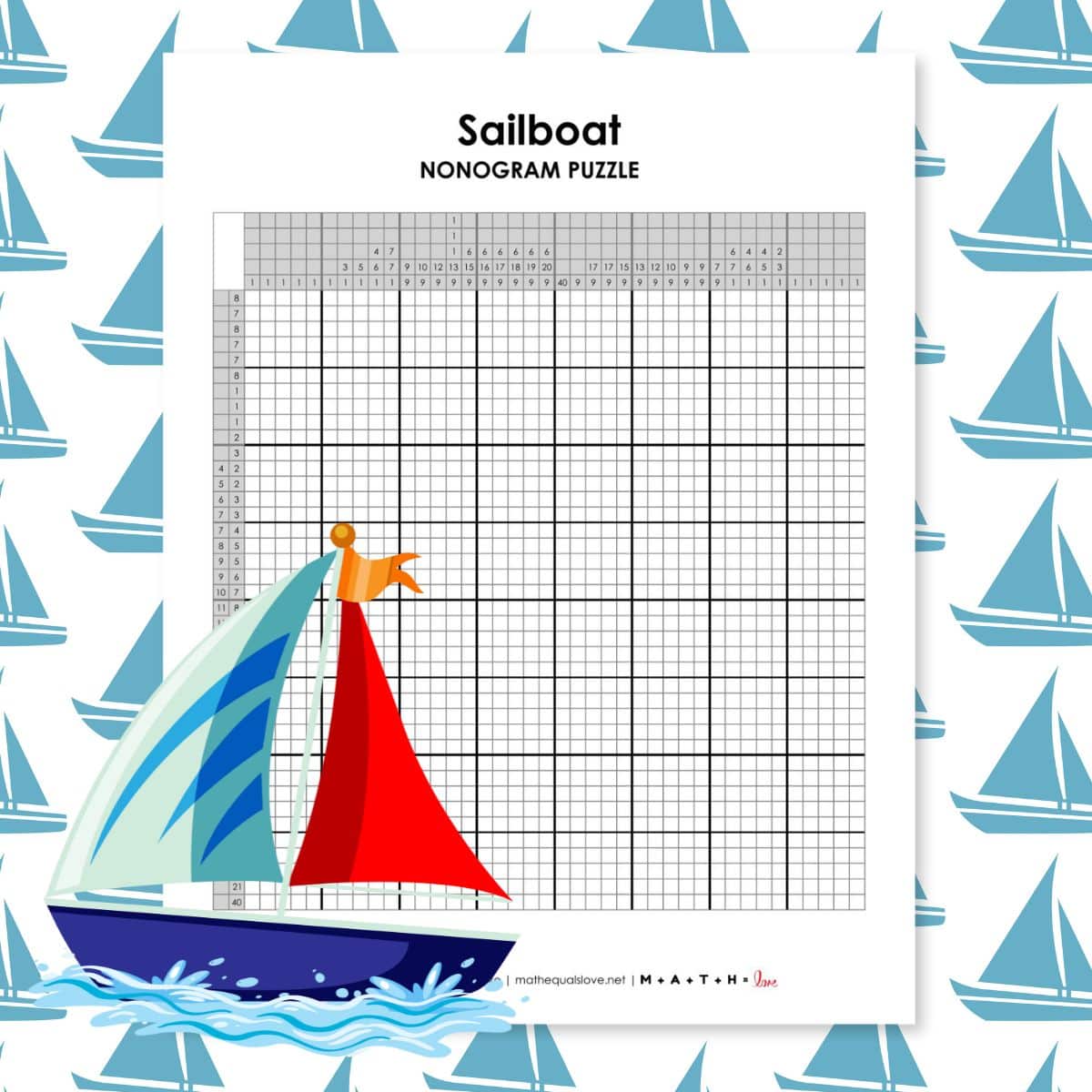
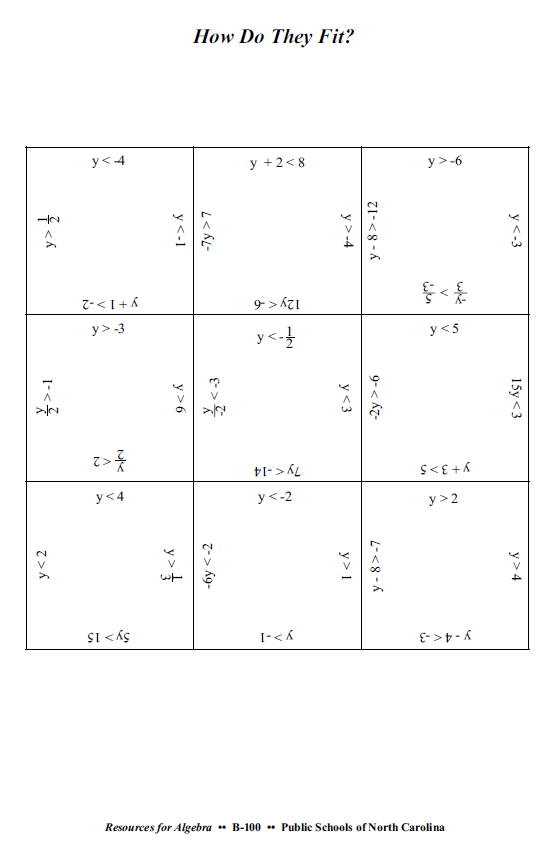
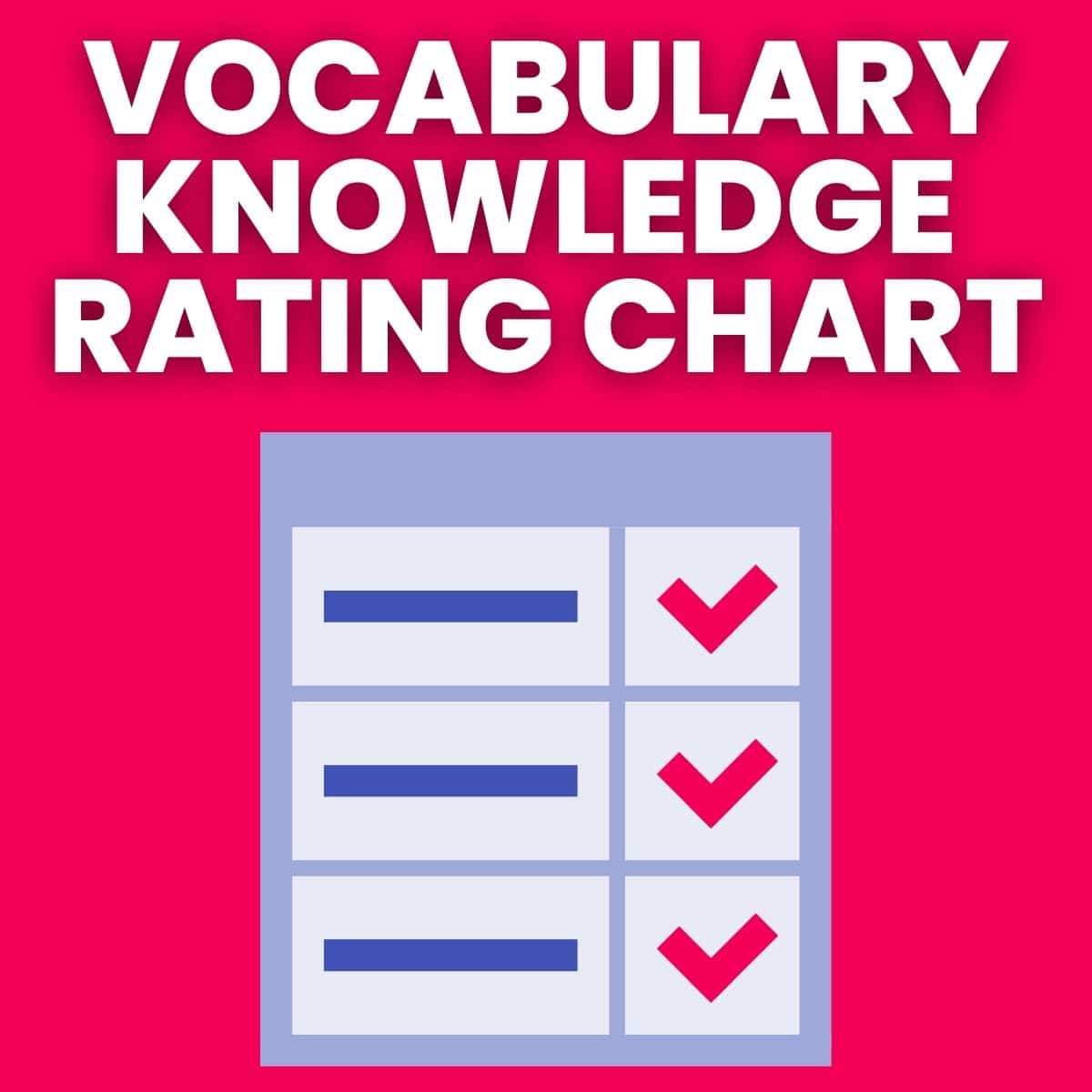

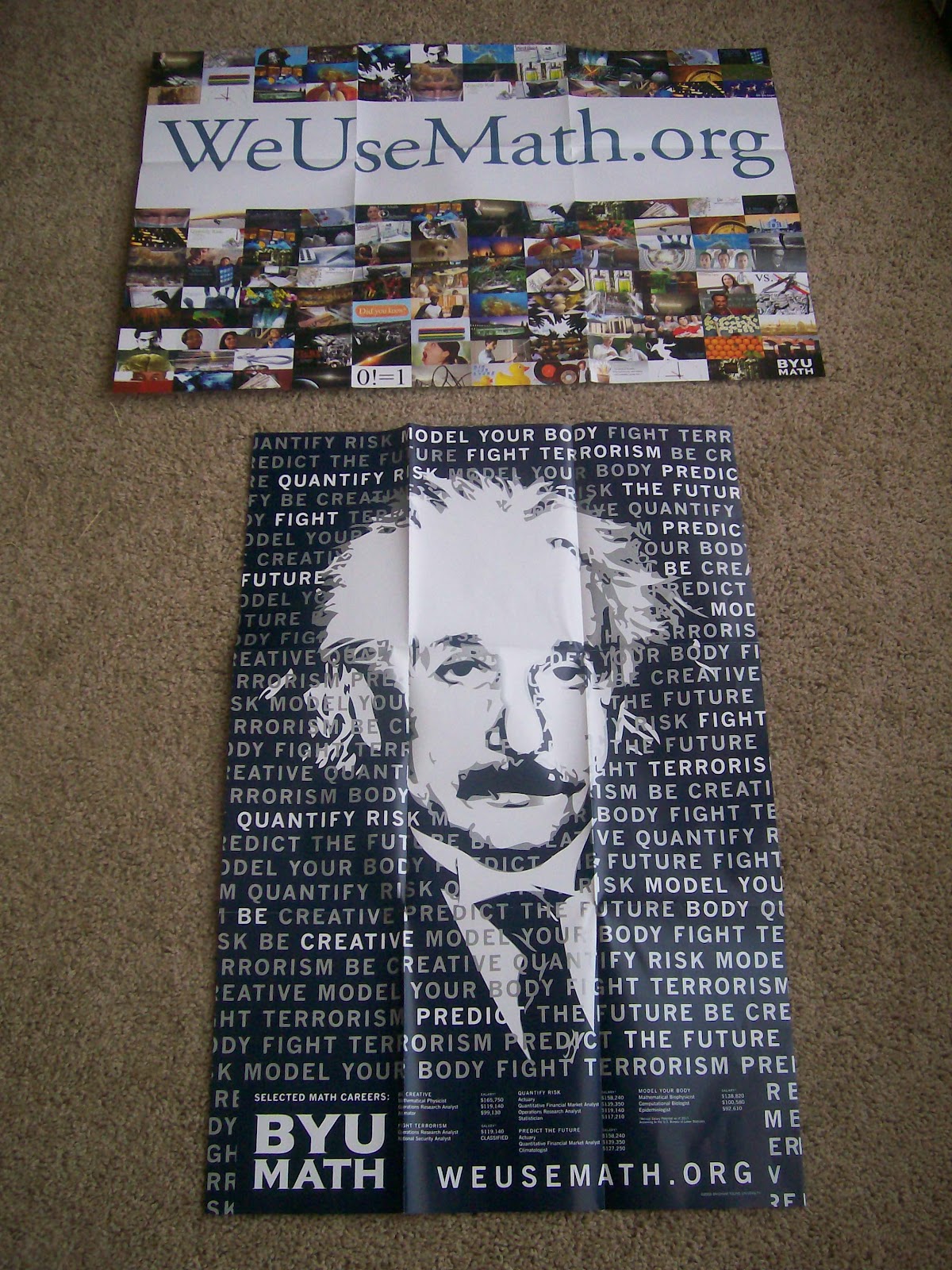
First let me say, I love your blog and use your ideas all the time. But, I just had to point out an error in your interactive notes. I'm sorry for being picky, but as a math and science person I couldn't help notice the error on the "What does scientific notation look like?" page. The description for the coefficient should read "number must be greater than or equal to 1 and less than 10". I don't want anyone to be confused.
Thanks for catching my error! You are absolute right!
Obviously I can't proofread my notes or my comment. I meant "absolutely"!
Sarah,
I love your blog and your willingness to share your resources!
When I teach scientific notation, I find that kids get confused as to when they move the decimal to the left or right (probability because the direction changes if you go from standard form to scientific and vise versa). To help them get a better handle on this I appealed to "logic". I tell them that a POSITIVE exponent yields a BIG number and a NEGATIVE exponent yields a SMALL number. I try to get them thinking that a BIG number is greater than one and a SMALL number is between 0 and 1. This way they are not memorizing left/right, simply big/small. The direction to move the decimal becomes somewhat logical … as long as the examples use correct scientific notation.
Great approach! Thanks for sharing!